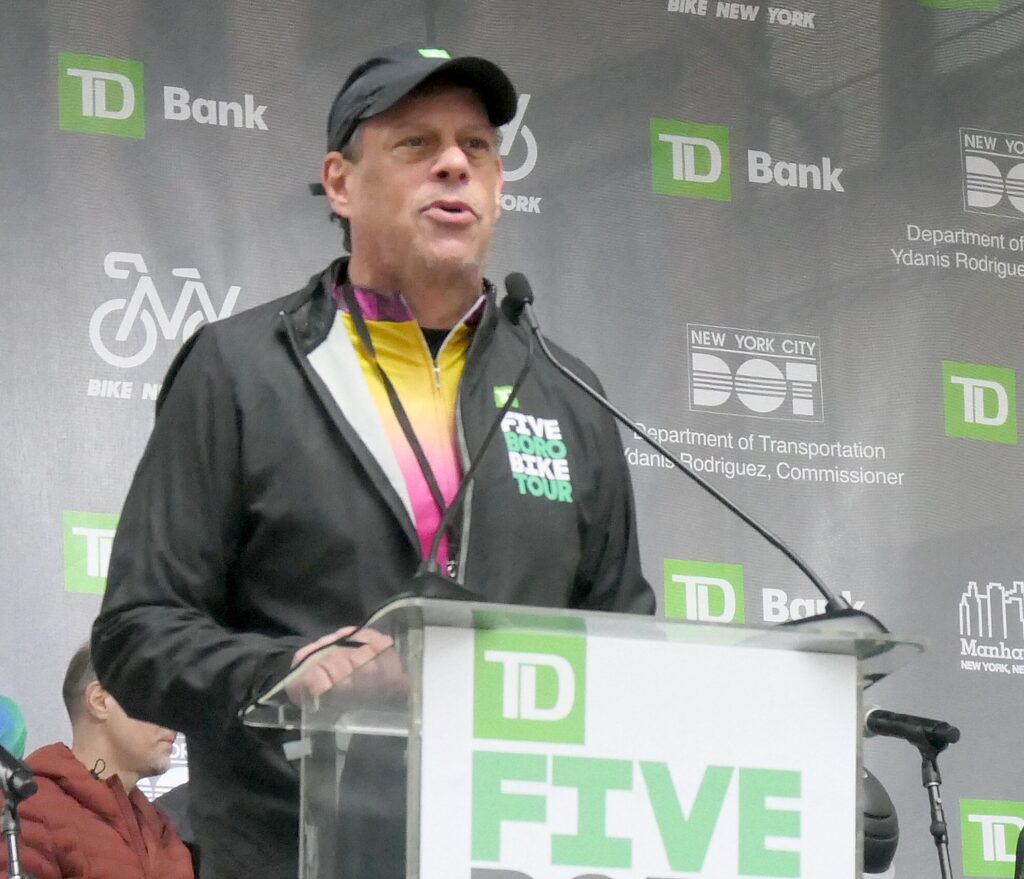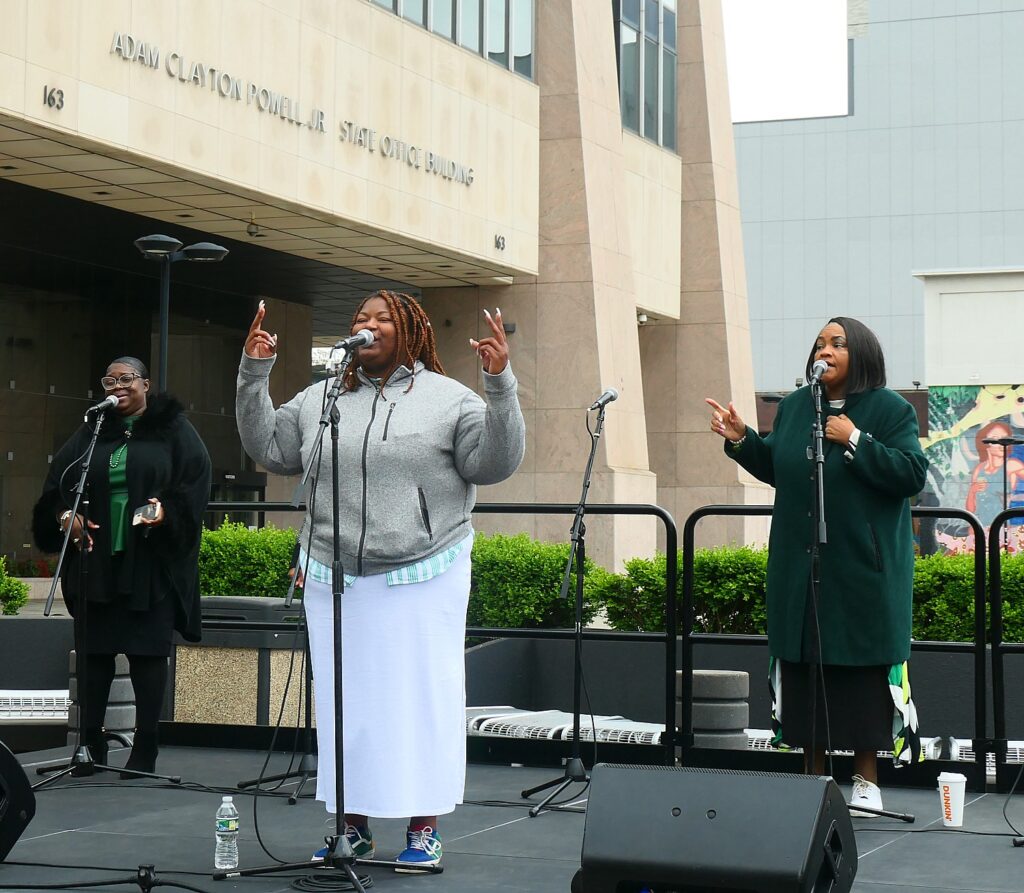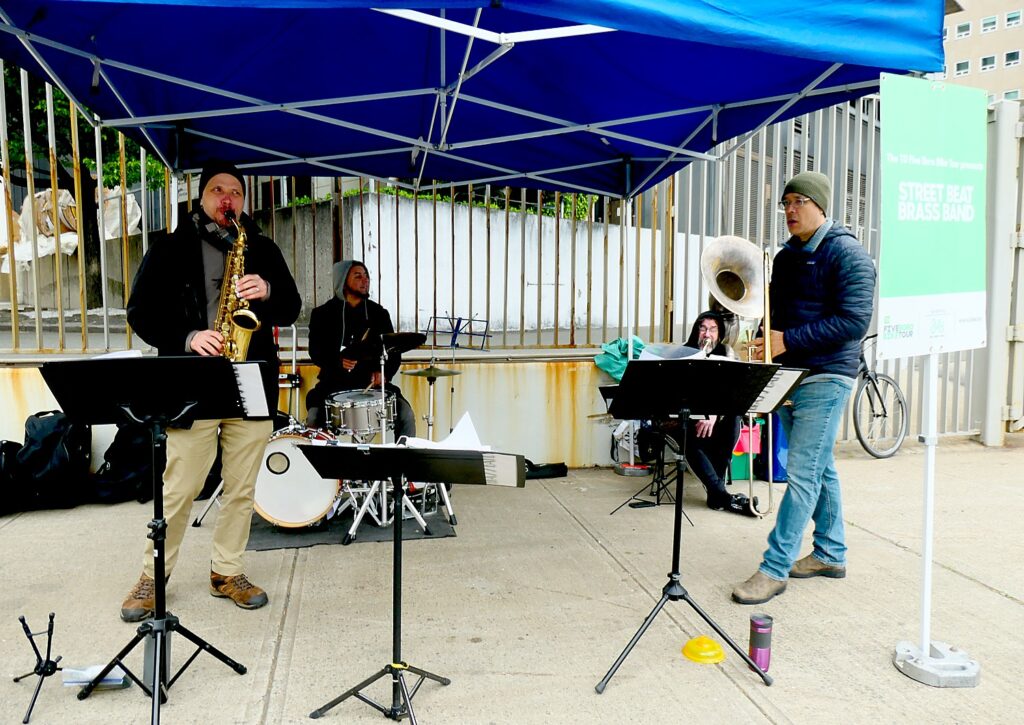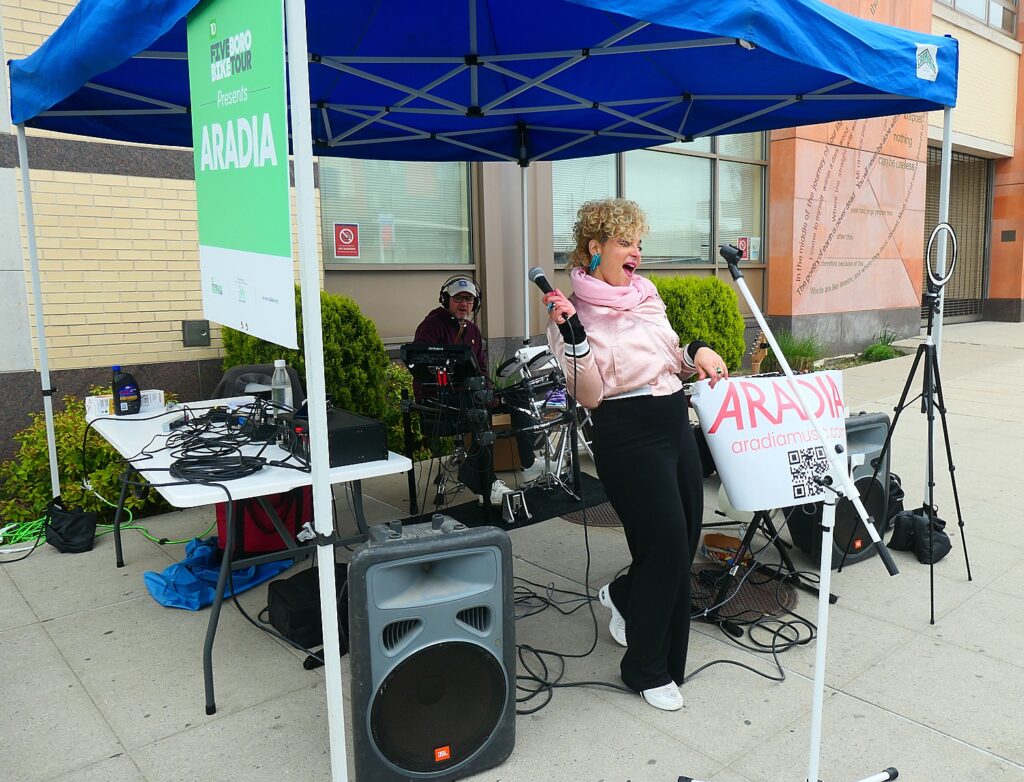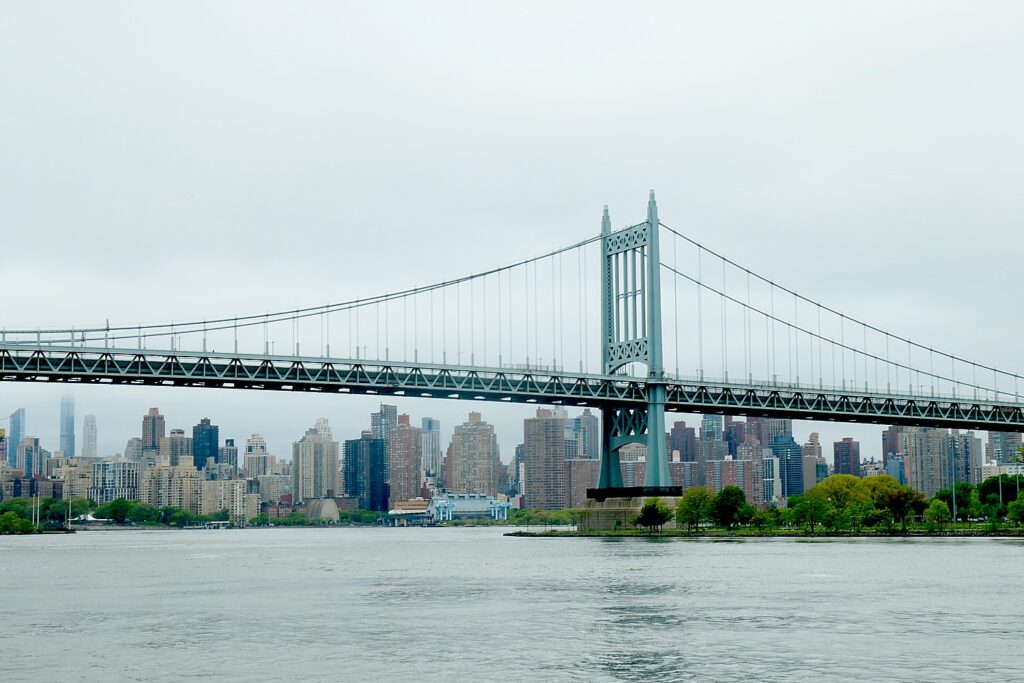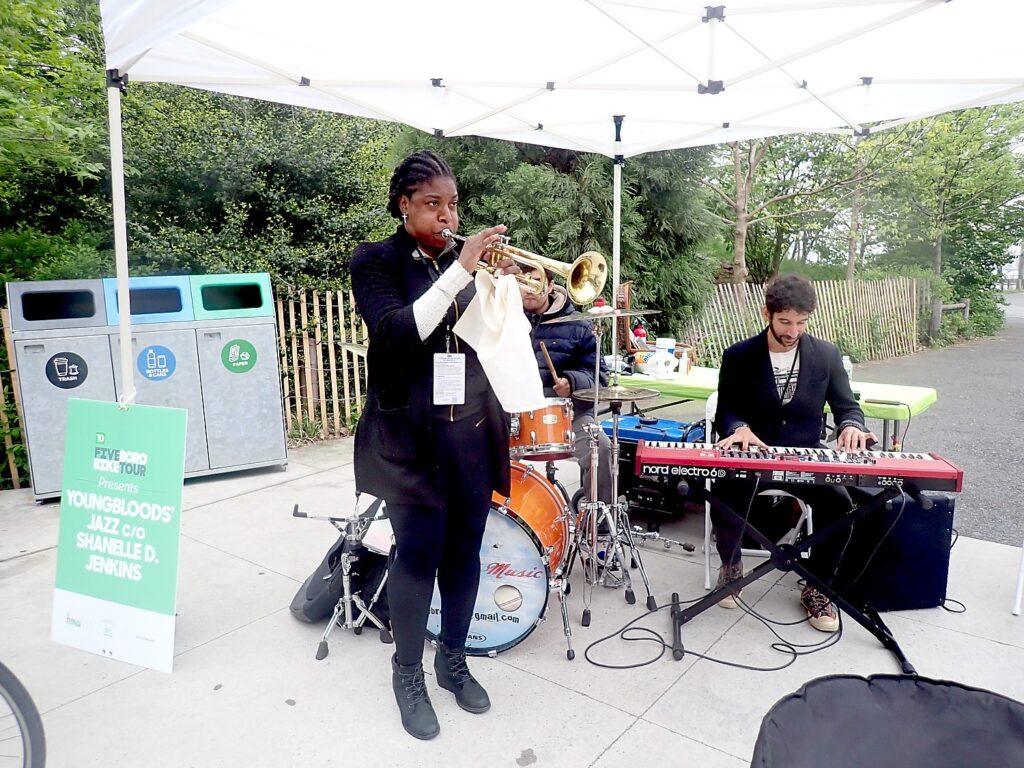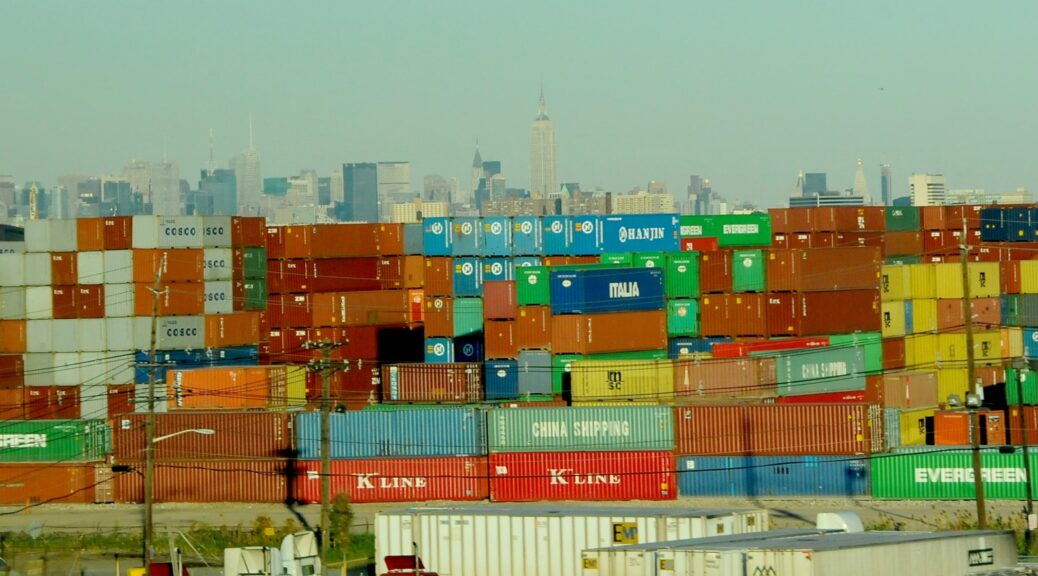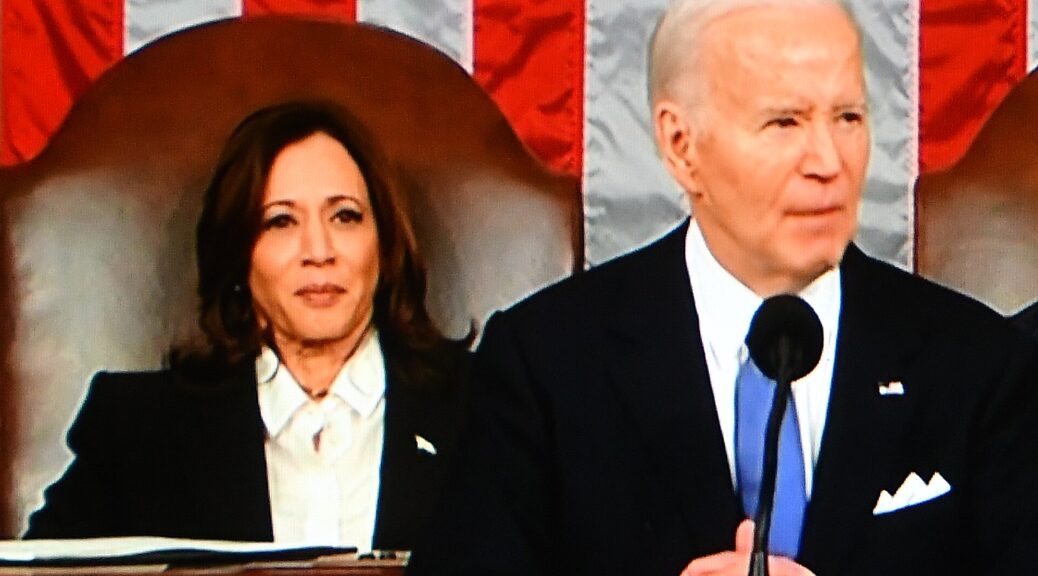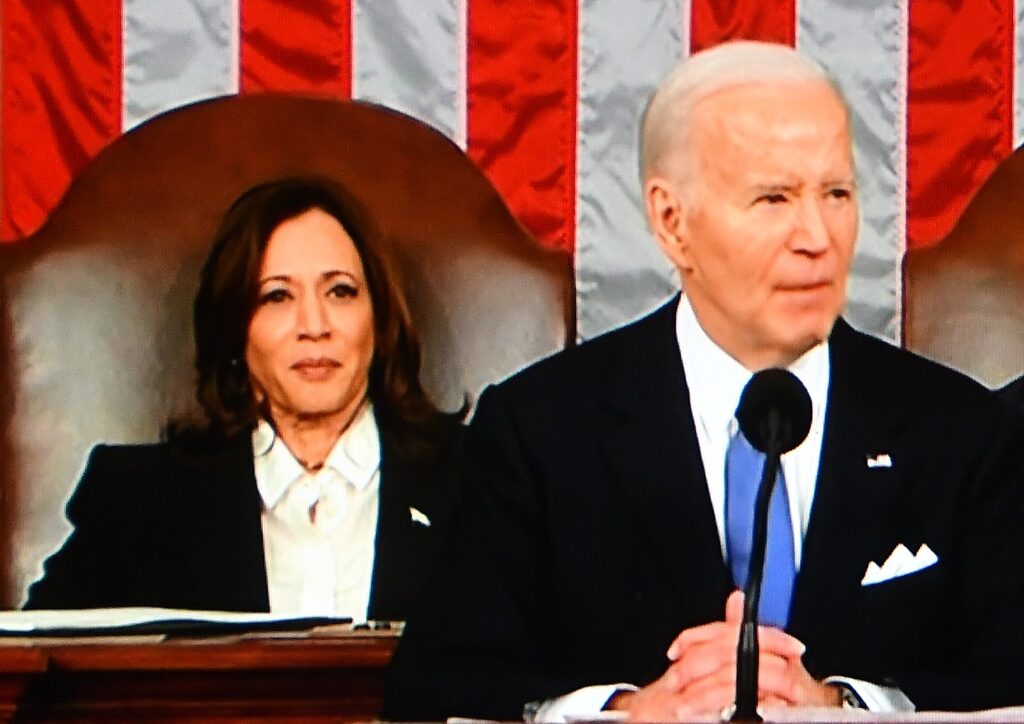
In his keynote address at the U.S. Holocaust Memorial Museum’s Annual Day of Remembrance Celebration, President Biden honors the memory of the six million Jews killed in the Holocaust – and makes clear that we must recommit to heeding the lessons of this dark chapter: ‘Never Again.’ The President raises:
The importance of recounting the crimes of the Holocaust and the events that led to it as the world watched with indifference.
The atrocities of October 7th – the deadliest attack committed against the Jewish people since the Holocaust – and how too many people are downplaying both events.
The unacceptable acts of Antisemitism we’re seeing on campuses and across the country.
How all Americans must stand united against Antisemitism and hate in all its forms.
During Holocaust Remembrance Day, the Biden-Harris Administration announced several new actions to counter the abhorrent rise of Antisemitism in the United States. President Biden will speak at the Days of Remembrance commemoration hosted by the U.S. Holocaust Memorial Museum, reaffirming our Nation’s sacred commitment to the Jewish people following the Holocaust: Never Again.
This year’s remembrance is particularly sobering, as it comes seven months after the terrorist group Hamas attacked Israel on October 7th, the deadliest day for the Jewish people since the Holocaust. Since that time, there has been an alarming rise of Antisemitic incidents across the country and throughout the world—most recently, in instances of violence and hate during some protests at college campuses across the Nation.
Today’s new actions build on the work of the President’s National Strategy to Counter Antisemitism, the first-ever such strategy, which was released one year ago this month. The strategy represents the most comprehensive and ambitious U.S. government effort to counter Antisemitism in American history. It includes over 100 actions the Biden-Harris Administration has taken, and continues to take, to address the rise of Antisemitism in the United States, as well as over 100 calls to action for Congress, state and local governments, companies, technology platforms, students, educators, civil society, faith leaders, and others. It has involved actions by the Departments of Justice and Homeland Security to provide greater security to Jewish institutions, as well as actions by the Department of Education to address antisemitism and by the U.S. Holocaust Memorial Museum to further support education around Jewish history.
The Biden-Harris Administration has taken aggressive action to implement the strategy and to speak out forcefully against hate of all kinds, especially in the wake of the October 7th attacks. Through the National Security Supplemental, President Biden secured an additional $400 million for the Nonprofit Security Grant Program, which funds security improvements and training to nonprofits and houses of worship, including campus organizations and community centers. This funding has been critical to the security of Jewish institutions. Last week, for example, the Biden-Harris Administration sent a guide to the leadership of more than 5,000 colleges and universities with information on resources to promote campus safety from the Departments of Justice, Homeland Security, and Education.
Today, the Biden-Harris Administration announced additional actions to counter Antisemitism in Year Two of the Strategy, building on its work over the past year:
- Today, the Department of Education’s (ED) Office for Civil Rights (OCR) issued new guidance through a Dear Colleague Letter to every school district and college in the country, providing examples of Antisemitic discrimination, as well as other forms of hate, that could lead to investigations for violations of Title VI of the Civil Rights Act of 1964 (Title VI). This guidance is meant to ensure that colleges and universities do a better job of protecting both Jewish students and all of their students.
- The Department of Homeland Security (DHS) will work with interagency partners to build an online campus safety resources guide and landing page to provide the range of financial, educational, and technical assistance to campuses in one, easy-to-use website.
- DHS will develop and share best practices for community-based targeted violence and terrorism prevention to reduce these assaults and attacks. Federal agencies will elevate ongoing efforts to address the fear felt in targeted communities and ensure that resources are widely known among communities that need them.
- The Office of the Special Envoy to Monitor and Combat Antisemitism at the Department of State will convene technology firms to identify best practices to address Antisemitic content online. Departments and agencies will continue to provide technology companies with relevant information about symbols and themes associated with violent extremism online to help them enforce their terms of service.
These new actions build on actions taken to date:
Title VI Enforcement
- ED-OCR has opened more than 100 investigations over the past seven months into complaints alleging discrimination based on shared ancestry or ethnic characteristics, including Antisemitism. The previous administration opened 27 such investigations in all four years.
- On Friday, Department of Education Secretary Miguel Cardona sent a letter to more than 5,000 leaders at institutions of higher education across the country to reiterate that federal law protects against Antisemitic discrimination that violates Title VI. He also shared a Campus Safety Resource Guide to serve as a one-stop-shop of federal resources. ED OCR has issued several Dear Colleague Letters to every school district and college in the country and conducted training and outreach reminding them of their obligation to provide educational environments free from discrimination, as well as the tools available to report discriminatory incidents. OCR maintains a website with more resources on shared ancestry discrimination.
- ED OCR updated its complaint form specifying that Title VI’s protection from discrimination, including harassment, based on race, color, or national origin includes discrimination against students based on shared ancestry or ethnic characteristics, including those who are or are perceived to be Jewish, Muslim, Arab, Hindu, or Sikh.
- Eight Cabinet-level agencies clarified for the first time in writing that Title VI of the Civil Rights Act of 1964 prohibits certain forms of antisemitic, Islamophobic, and related forms of discrimination in federally funded programs and activities. In addition, these agencies—the Departments of Agriculture (USDA), Health and Human Services (HHS), DHS , Housing and Urban Development (HUD), Interior, Labor (DOL), Treasury, and Transportation (DOT)—have taken a number of steps to raise awareness of Title VI protections and other relevant statutes among Jewish and other communities, including by translating Title VI fact sheets into languages such as Yiddish and Hebrew and creating new Title VI landing pages to serve as a one-stop-shop of resources.
Campus and School Safety
- Since October 7th, FBI and DHS have taken steps to expand and deepen engagements with campus law enforcement and others to improve school safety. DHS has engaged with schools to identify security enhancements and raise awareness of SchoolSafety.gov, which offers school safety information and resources. DHS also has shared information via threat briefings and partner calls with the International Association of Campus Law Enforcement Administrators. The Federal Emergency Management Agency offers a training course called Crisis Management Affecting Institutions of Higher Education: A Collaborative Community Approach, through which campus members can learn how to effectively manage a crisis using a whole community approach, effective crisis communication, and more.
- In the wake of October 7th, DHS’s Cybersecurity Infrastructure Security Agency (CISA) tasked its field force to proactively engage with schools to understand and address their needs. CISA has further expanded security capacity-building services to synagogues, community centers, and Jewish day schools. These services include risk assessments, planning assistance, and active shooter and bomb prevention-related training. CISA has held sessions on active shooter preparedness; an introduction to bomb threat management; tabletop exercise packages for synagogues; and a training on responding to suspicious behaviors and items. Since June 2023, CISA personnel have conducted over 400 in-person visits with Jewish houses of worship and other institutions. Additional security trainings, information and resources are found here.
- USDA has held sessions with university leaders from 80 land-grant universities and rural colleges to share promising practices to address Antisemitism, Islamophobia, and other forms of hate.
- Under the National Strategy, the Department of Justice (DOJ) launched a pilot curriculum for middle and high school-age youth designed to prevent youth hate crimes and identity-based bullying. In year two of the National Strategy, the curriculum will be rolled out this August, before the school year begins.
Community Safety Resources
- DHS broadened access to the Nonprofit Security Grant Program by holding several webinars, expanding its Protecting Places of Worship Week of Action, and leveraging partnerships with DOJ. During the Biden-Harris Administration, this program has made 2,960 grants to Jewish institutions for a total of $397 million in funding to Jewish institutions.
- To assist campus public safety and law enforcement identify available federal financial assistance opportunities, DHS published guidance clarifying the eligibility of law enforcement agencies at institutions of higher education to receive both State Homeland Security Program (SHSP) and Urban Area Security Initiative (UASI) grant funding.
- DHS hosts the Prevention Resource Finder to provide stakeholders the full range of federal resources available to help prepare for and prevent targeted violence and terrorism across our country. Resources on the website include community support resources, grant funding opportunities, information-sharing platforms, evidence-based research, and training opportunities for campuses and communities to reduce the risk of hate-based and targeted violence. Since its launch in March 2023, it has been viewed over 58,000 times.
- Through the DHS Center for Prevention Programs and Partnerships (CP3), DHS is strengthening the country’s ability to prevent targeted violence and terrorism nationwide through funding, training, increased public awareness, and partnerships across government, the private sector, and local communities.
- The U.S. Secret Service’s National Threat Assessment Center (NTAC) conducts training on threat assessments and the prevention of targeted violence. These resources examine attacks against colleges and universities, among other locations.
Hate Crimes Prevention and Response
- The Federal Bureau of Investigation (FBI) widely disseminated its updated hate crimes threat response guide to inform Americans about steps they can take if they receive a threat. The guide, published on the FBI’s hate crimes resource page, has been shared with organizations and state and local law enforcement entities across the nation. The FBI reviews every tip it receives to ascertain the credibility of the information and, if it learns of a credible threat, quickly takes action. FBI’s campus liaisons enhance information-sharing with campuses.
- DOJ has expanded its engagement with Jewish community groups in support of the National Strategy. The FBI has held over 650 engagements with faith-based and community organizations since October 7th. DOJ and the FBI have used robust and diverse outreach to local law enforcement agencies to improve the reporting of hate crime data. DOJ’s United Against Hate community outreach and engagement initiative has held over 300 engagements involving over 10,000 participants to educate community members about hate crimes, build trust between community and law enforcement, and strengthen local networks to combat unlawful acts of hate. DOJ’s Community Relations Service provides mediation, training and consultation services to assist communities come together, develop solutions to conflict and prevent future conflict. DOJ has also developed and released two documents that explain civil rights law prohibiting national origin discrimination and religious discrimination and provide information to the public on identifying and reporting national origin and religious discrimination in the civil and criminal context.
- Throughout the spring, USDA is providing hate crime trainings, including Antisemitic hate crimes, for law enforcement agents of the U.S. Forest Service. The Department of the Interior (DOI) has distributed new resources on Jewish American heritage through the National Park Service.
Addressing Discrimination and Religious Accommodations
- USDA is making kosher food more accessible by working to ensure equal access to all USDA feeding programs for customers with religious dietary needs.
- The Department of Defense (DOD) leveraged existing survey data to estimate the prevalence of Antisemitic and Islamophobic behavior in the military workplace and to evaluate its policies to counter discrimination, discriminatory harassment, and extremist activity. This analysis was the first to specifically estimate Antisemitic and Islamophobic activity in the military workplace.
- The Equal Employment Opportunity Commission (EEOC) has disseminated materials on nondiscrimination and religious accommodation in the workplace and has held more than 50 outreach and training events on Antisemitism at its field offices around the country.
- The HHS Office for Civil Rights issued a Dear Colleague letter and guidance to U.S. hospital and long-term care facility administrators, reminding organizations of their legal obligations under relevant regulations and federal civil rights laws to ensure that facility visitation policies do not unlawfully discriminate against patients or other individuals receiving care, including on the basis of religion. HHS’s Substance Abuse and Mental Health Services Administration’s National Child Traumatic Stress Network has released a toolkit of behavioral health resources pertaining to the Israel-Hamas war, as well as additional resources on how to talk with children and youth about hate crimes and identity-based violence, including Antisemitism.
- DOL published a “Know Your Rights” resource for union members regarding their right to be free from discrimination based on religion, national origin, or race in the workplace.
- On Thursday, the U.S. Holocaust Memorial Museum (USHMM) will convene state education officials to discuss best practices in Holocaust education, including the incorporation of the history of Antisemitism, and opportunities to expand such education.
- The USHMM concluded its first tour of the Americans and the Holocaust traveling exhibitions. Launched in fall 2021, the exhibition visited 41 states, reaching more than 330,000 visitors. Thirty-four college courses have incorporated content from this exhibition. The USHMM and American Library Association will launch a second tour of the exhibition in September 2024 at an additional 50 libraries.
- Several federal agencies have incorporated information about Antisemitism, workplace religious accommodations, and related topics into employee training programs as they carry out their obligations under Executive Order 14035 (Executive Order on Diversity, Equity, Inclusion, and Accessibility in the Federal Workforce). To support this work, the Office of Personnel Management (OPM) surveyed federal agencies about their existing trainings. OPM, EEOC, and the White House Office of Management and Budget have provided learning sessions for agency diversity, equity, inclusion, and accessibility officers on Antisemitism, Islamophobia, and related forms of discrimination, as well as workplace religious accommodations.
To learn more about the National Strategy, see previous White House Fact Sheets.











